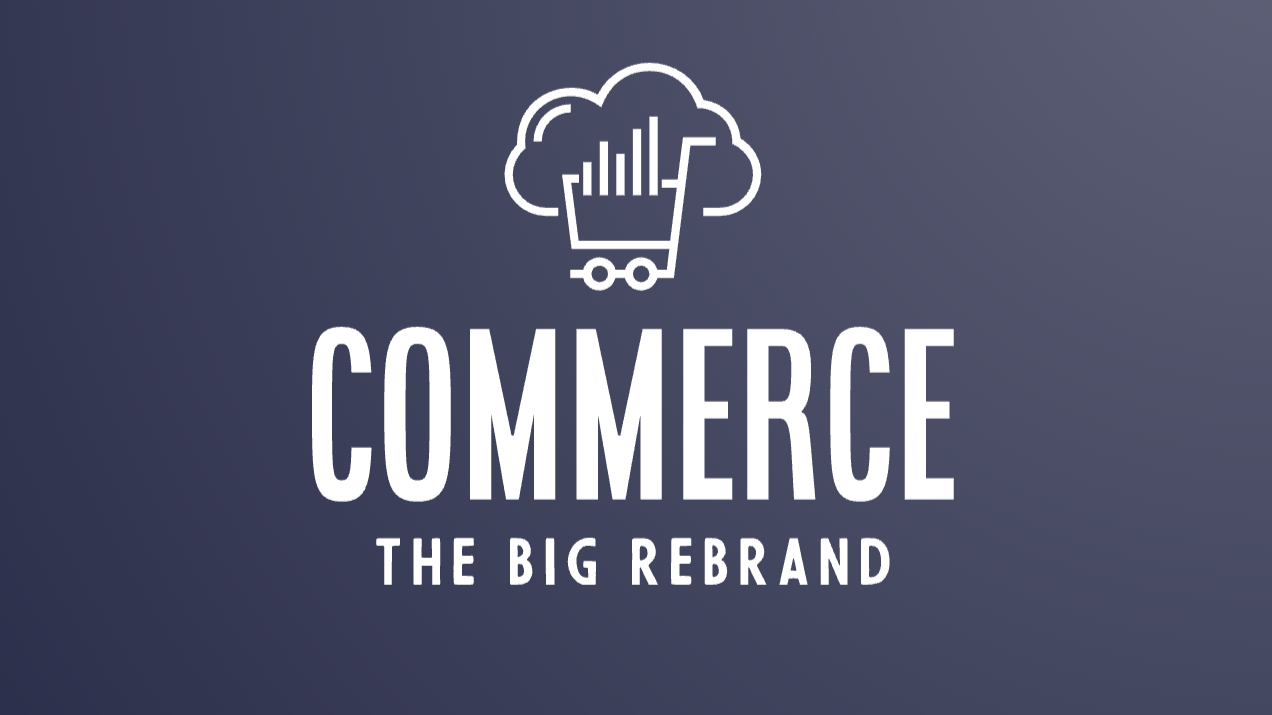As the most widely used search engine on the planet, understanding the intricacies of Google's algorithm and ranking factors has become an essential component for any entity seeking to thrive in the competitive online arena. Unlocking the secrets behind how Google's search engine functions is not merely a quest for knowledge but a strategic imperative for success in the digital world. In this article, we dive into the profound significance of comprehending Google's algorithmic workings and how it can empower businesses, content creators, and webmasters to attain unparalleled digital visibility and relevance.
To optimize your website for maximum SEO performance, it's important to understand the factors that Google's algorithm takes into account when ranking websites. While there are many ranking factors to consider, Core Web Vitals and page speed have become increasingly important in recent years.
Core Web Vitals are a set of metrics introduced by Google to measure the user experience of a website. These metrics evaluate aspects such as page load time, interactivity, and visual stability. Specifically, Core Web Vitals measure the following:
Websites that excel in Core Web Vitals are more likely to secure higher positions in search engine results, attracting increased traffic and boosting conversions. However, Core Web Vitals and page speed are not the only factors that impact your website's ranking. Consider these additional essential ranking factors:
Authority: The quality and quantity of inbound links pointing to your website can significantly impact its authority and credibility. Earning backlinks from reputable sources strengthens your website's position as a reliable and authoritative resource in your industry.
Focusing on these essential ranking factors will undoubtedly improve your website's SEO performance and enhance its visibility in search engine results pages.
It's crucial to assess the current performance of your website and ensure it is fully optimized for Core Web Vitals and page speed. Thankfully, there are various tools available that can help you in this regard:
Google PageSpeed Insights: This tool analyzes your website's performance on both desktop and mobile devices. It offers valuable suggestions to enhance overall performance.
GTmetrix: Providing a comprehensive analysis of Core Web Vitals and page speed, GTmetrix also offers recommendations for improving your website's performance.
WebPageTest: With a detailed assessment covering Core Web Vitals, page speed, TTFB (Time To First Byte), and DOM Content Loaded, this tool offers invaluable insights to refine your site's performance.
Utilizing these tools, can help you identify areas that need improvement and implement effective strategies to boost your website's performance. In addition to measuring performance, optimizing your website is equally important. Consider using the following tools to enhance your website's overall efficiency:
Google Analytics: Gain valuable insights into your website's performance, including metrics like bounce rate, session duration, and conversion rate.
Google Search Console: Delve into your website's search performance, uncovering keywords driving traffic and pages ranking in search engine results.
Pingdom: Obtain a detailed analysis of page speed, page size, and other vital metrics.
You can uncover potential issues and receive actionable suggestions to elevate your website's performance further by leveraging these optimization tools. Embrace the power of measurement and optimization to achieve a stellar online presence and deliver an exceptional user experience.
Now that we've covered the importance of Core Web Vitals and page speed, let's take a look at some tips for improving your website's performance.
These tips can improve your website's Core Web Vitals and page speed by providing your users with a fast, seamless, and engaging experience that will lead to increased traffic and conversions.
Avoid these common pitfalls and adhere to best practices so you can confidently optimize your website for maximum SEO performance and deliver an exceptional user experience:
Remember that successful optimization encompasses a holistic approach, combining technical finesse with user-centric design and content relevance. With mindful attention to these factors, your website will be well-positioned to thrive in the competitive online landscape.
The significance of a fast-loading website and seamless user experience cannot be overstated, especially for businesses of all sizes. By gaining insights into Google's algorithm and ranking factors, measuring your website's Core Web Vitals and page speed, and implementing effective optimization practices and tools, you can elevate your website's SEO performance and provide users with an exceptional online experience. So, invest the effort to optimize your website for Core Web Vitals and page speed, and witness the rewarding outcomes as your website's traffic and conversions soar to new heights.

Following up on my earlier post about BigCommerce's rebrand announcement, I got my hands on theCleveland...

By Brent W Peterson AI vs Shopify: Is Platform Dominance Ending in 2025?

The B2B OG Reality Check In 1995, I built my first B2B website for my then computer assembly company. It...